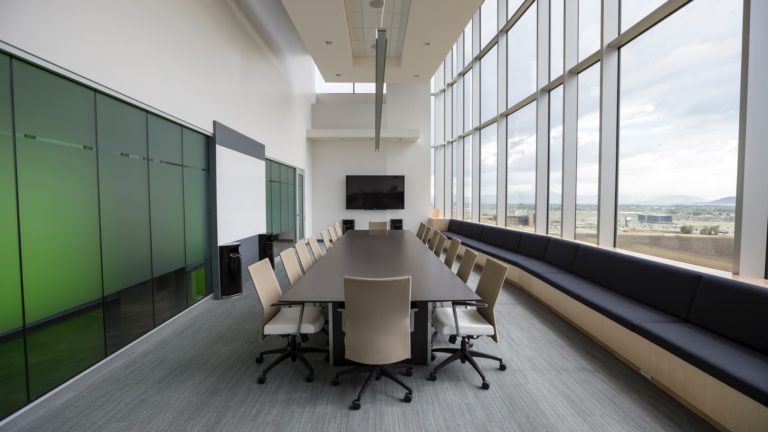While your home may have also been your office for the past year or so, more people are heading back to work in person thanks to improving conditions in the fight against COVID-19.
Now, more than ever, it’s important to keep indoor air quality at its peak in your surroundings and eliminate any contaminants. Here are a few things that any employee, workplace, or building operator should consider to combat indoor air pollution.
Regular HVAC System Maintenance

A comfortable worker is a happy worker, and indoor air quality has an impact on your business. It’s likely that your workplace has an HVAC unit designed for proper airflow to each part of a floor. However, these units, especially larger ones, may go neglected with dust and other contaminants clogging ductwork.
It’s important to regularly clean ducts and ventilation systems to prevent the buildup of pathogens that trigger illnesses like the flu or certain respiratory diseases. Dirty filters can taint air quality if not regularly replaced or cleaned to eliminate any biological contaminants.
It’s important to also monitor the airflow out of vents. If you notice that the temperature on the thermostat isn’t matching up with the temperature in the room, consult your building manager. This could be sending energy costs soaring and impact your business’s bottom line with how much you spend on your electric bill.
It could be time to also consult a technician if you notice any odd noises or odors emerging from a system, especially a stench of rotten eggs. That’s often linked to a dangerous gas leak.
Proper Ventilation

Beyond keeping the air conditioner or heater running, don’t hesitate to open the windows to save on your energy bill and improve indoor air quality. Proper ventilation will create a strong cross-breeze that can keep employees cool while eliminating indoor air pollution. Fresh air will help to remove any chemical pollutants in the air that may be brought on by the use of cleaning products. Good ventilation can also be a saving grace from not only bad odors, but potentially lingering odorless carbon monoxide.
A good amount of ventilation can also help to regulate your indoor humidity. Humidity levels should hover around 40 to 50 percent for comfort and prevent the growth of mold and bacteria. High humidity gives birth to moisture as well as a breeding ground for spores and an indoor air quality issue that should be addressed immediately.
Through proper cleaning and maintenance, this growth can be avoided. Consider employing a chore chart for workers if a janitorial crew is not on staff. This includes regularly cleaning out refrigerators, taking out trash daily, and scrubbing high-use areas, like bathrooms, frequently.
Air Cleaners and Purifiers

There’s nothing worse than dust and pollen accruing, triggering a worker’s allergies. This can lead to headaches and eye irritation that will directly impact workflow, and could even force an employee to head home for the day. Consider investing in an air purifier for your work environment. This will remove contaminants and instantly improve indoor air quality. Filters in these air purifying units remove volatile organic compounds down to the smallest airborne particles.
Consult with the EPA’s website to get a better understanding of air purifiers, filters, and cleaners that will help address poor indoor air quality. The effectiveness of purifiers and air cleaners collecting pollutants is directly dependent on how much air it draws through the filtering element.
It’s important to understand air circulation rates in relation to the cubic feet of the workspace. The right size unit will keep microorganisms at virtually nonexistent low levels. It’s a significant impact from a fairly reasonable investment.

